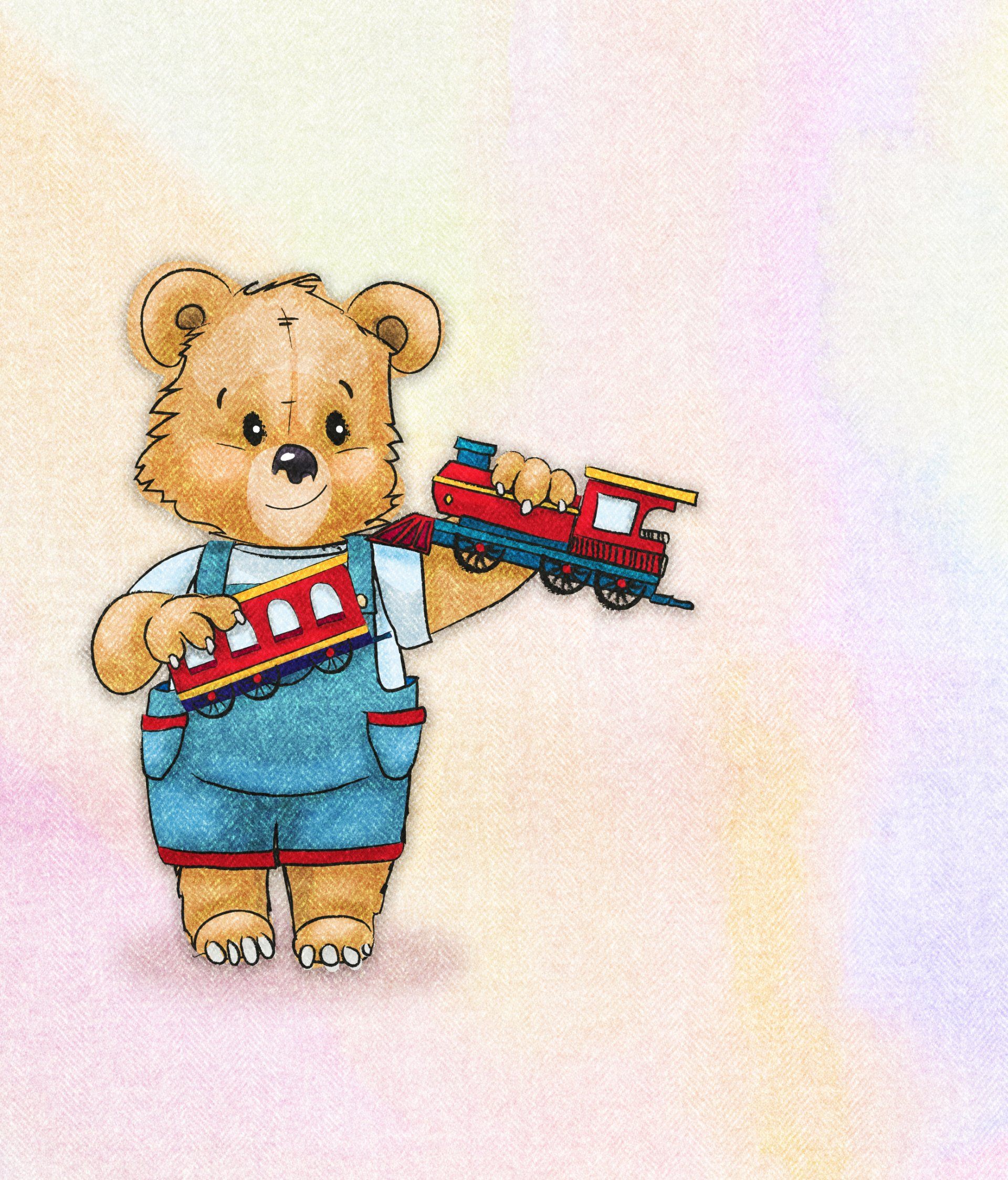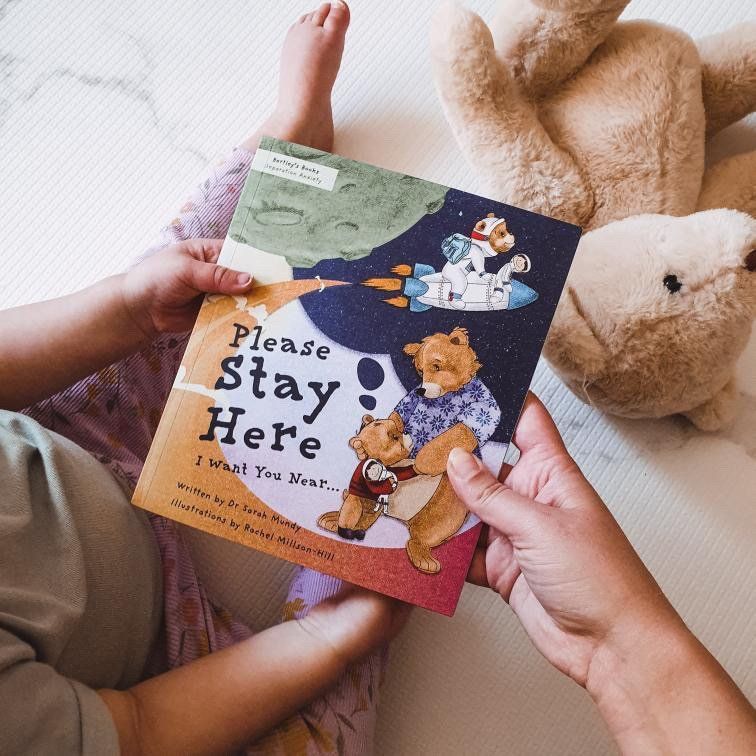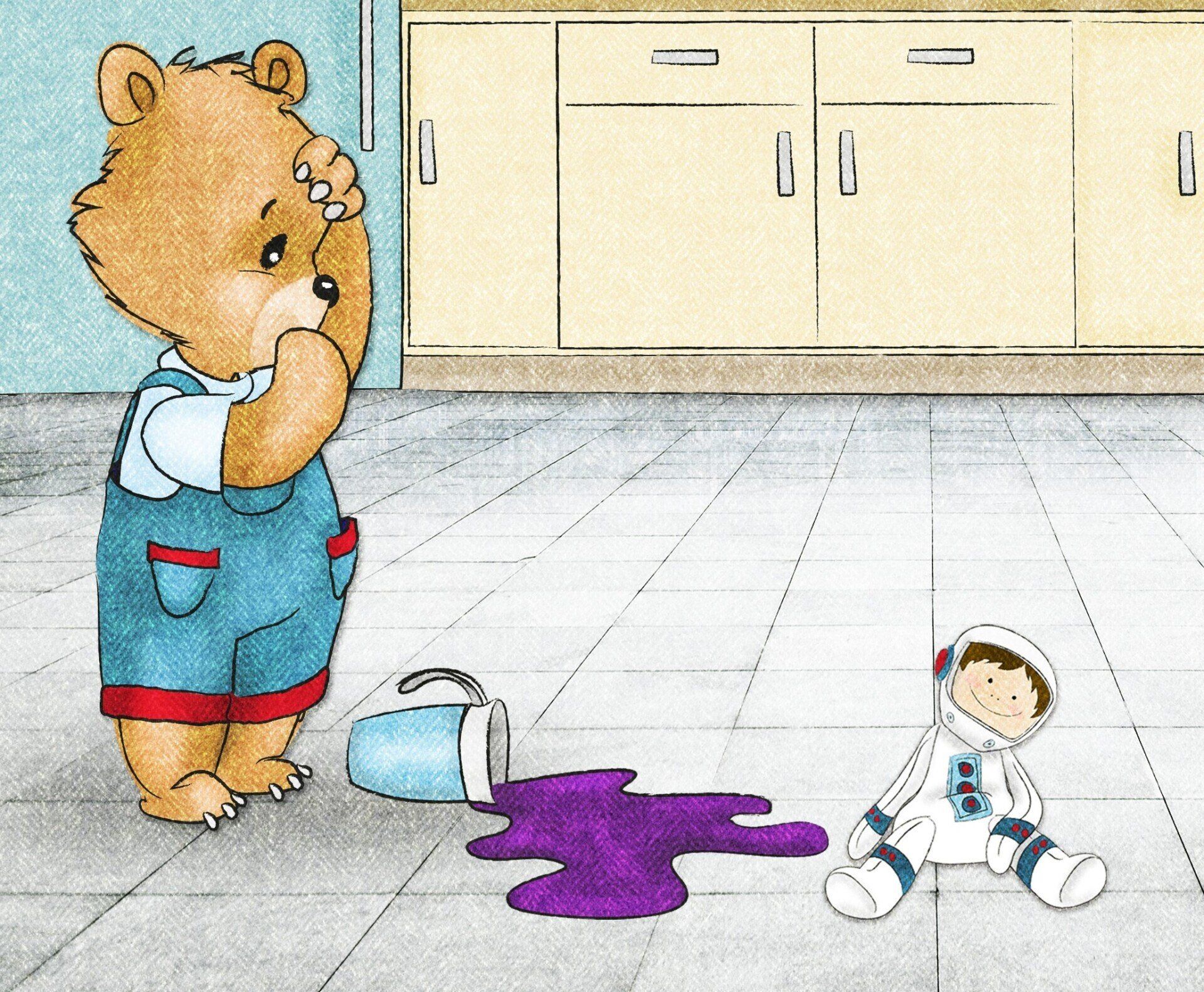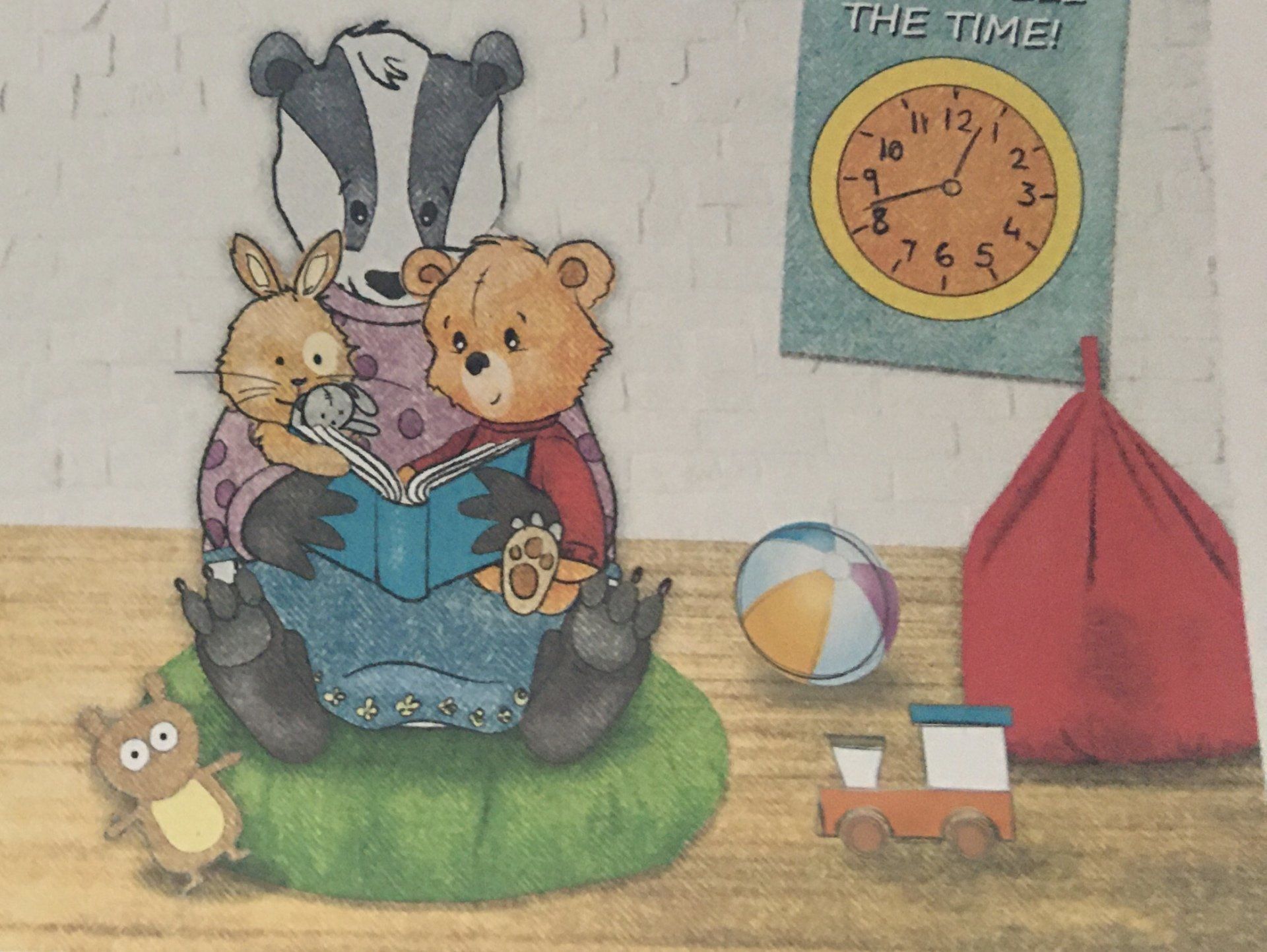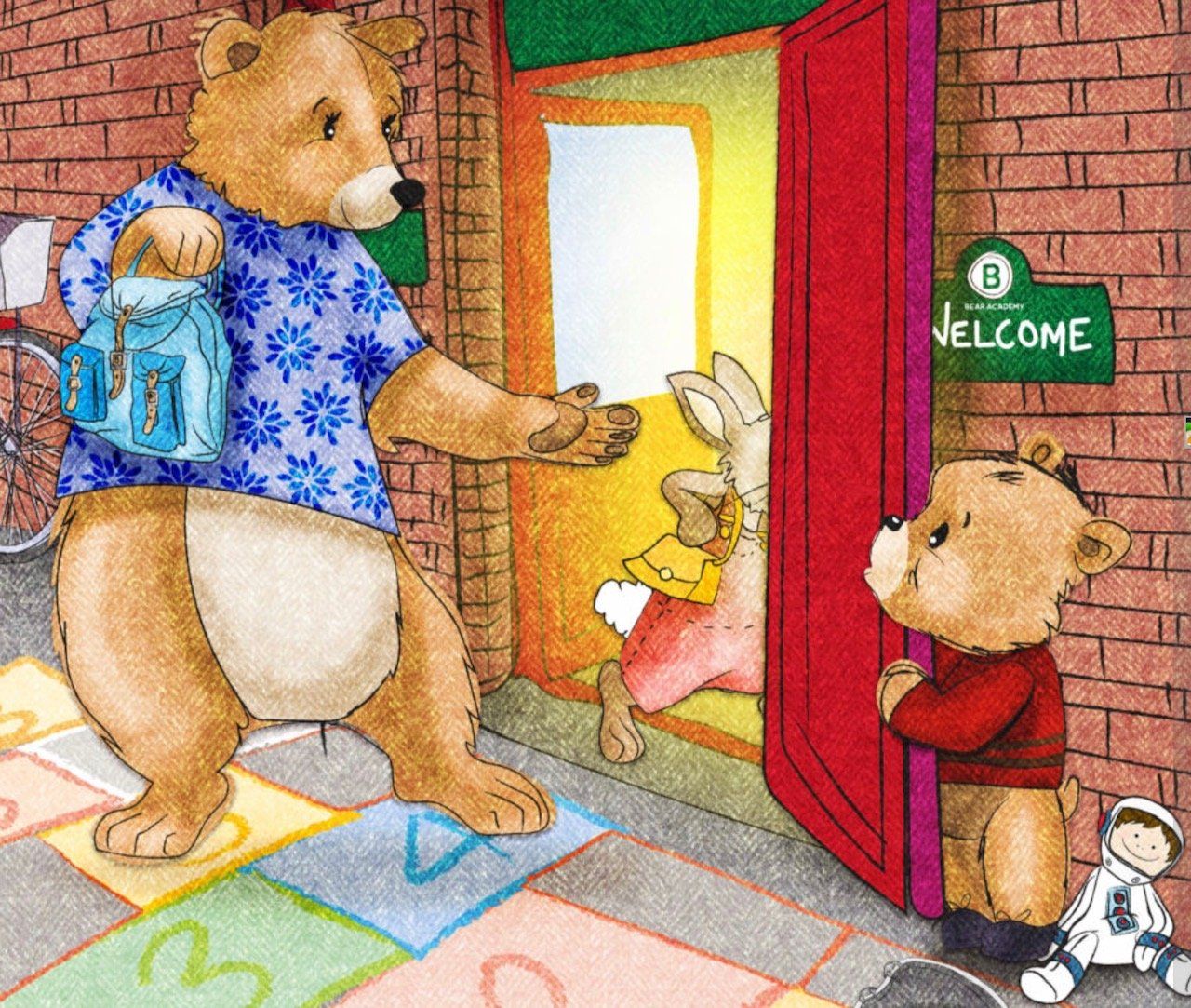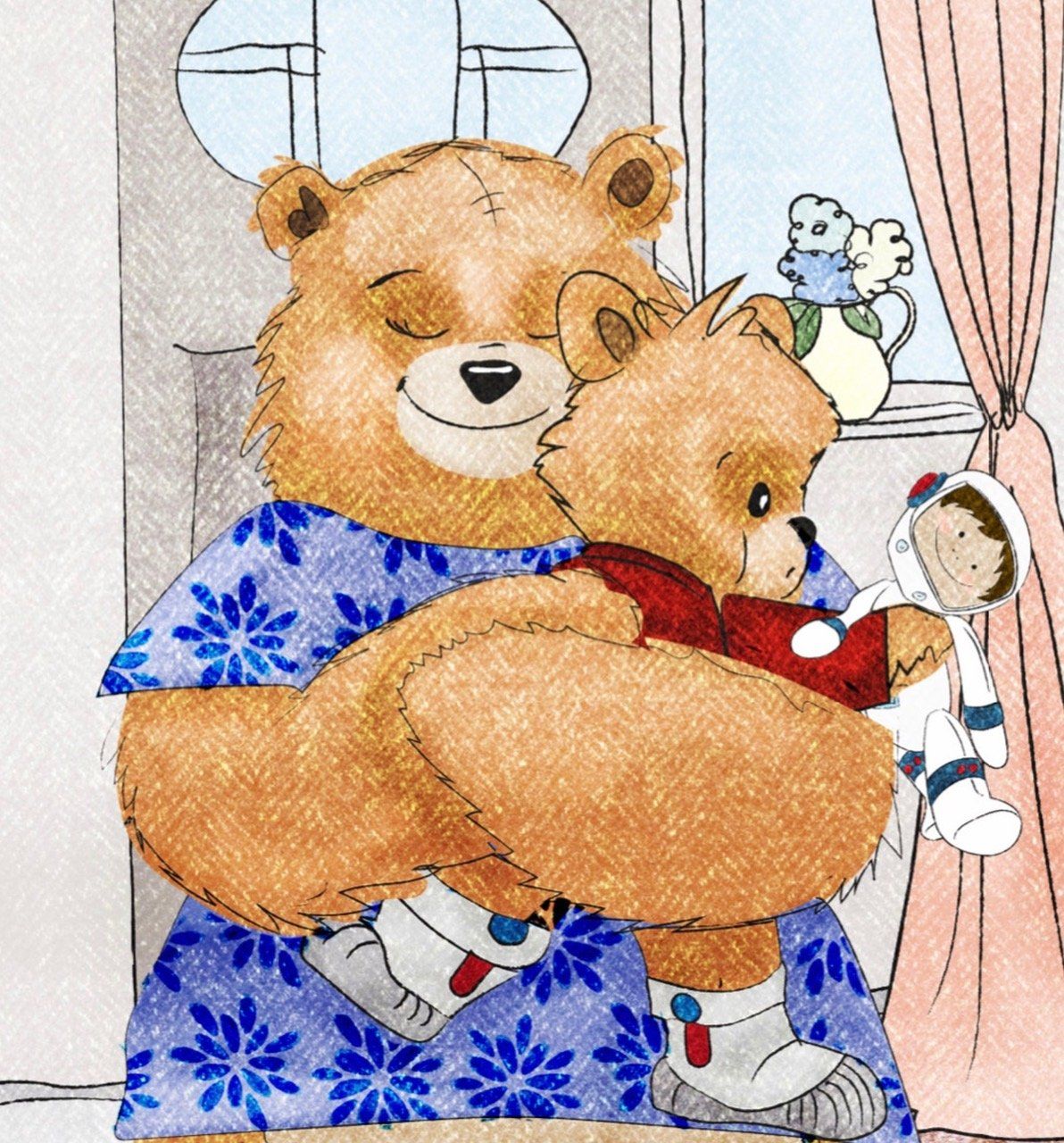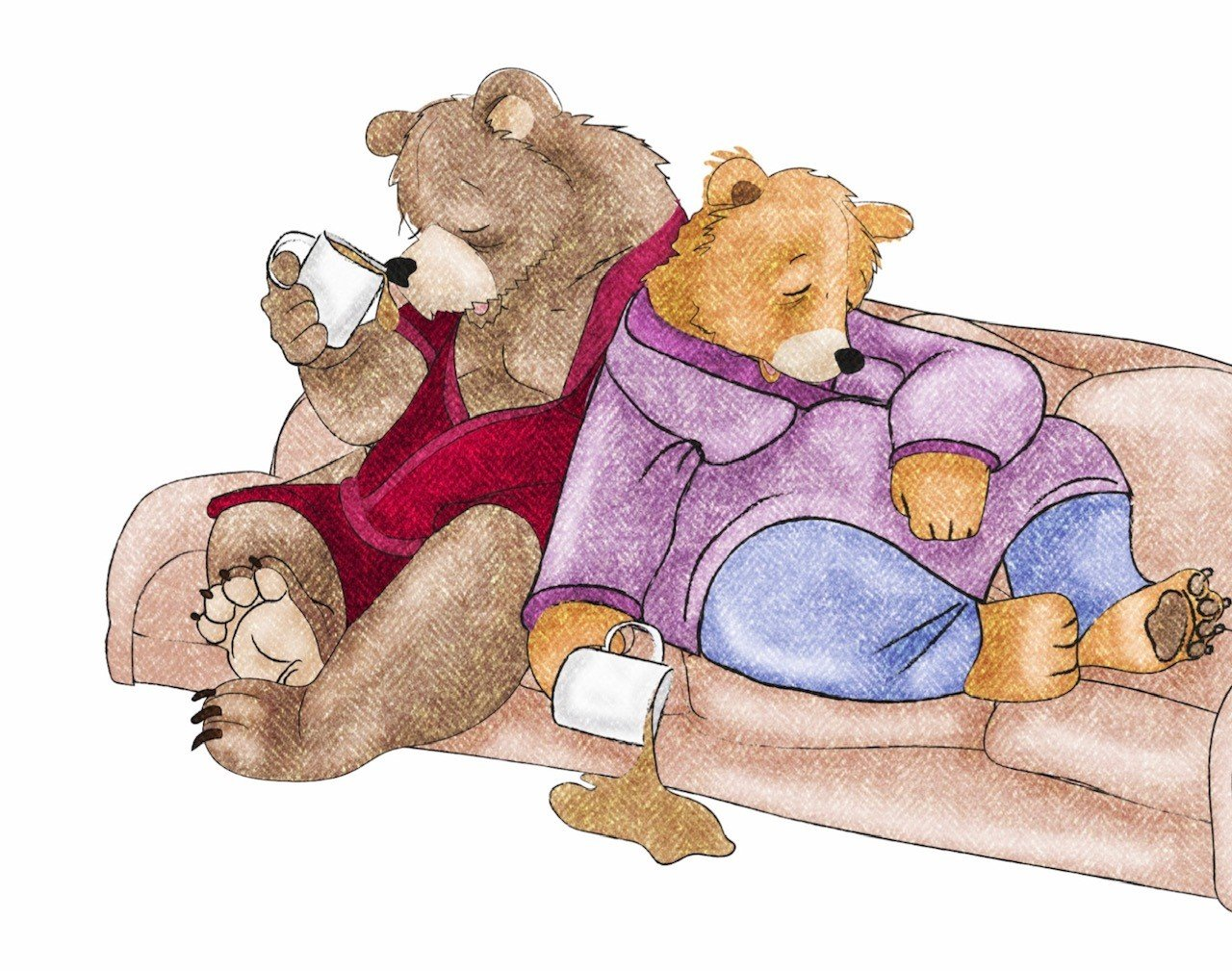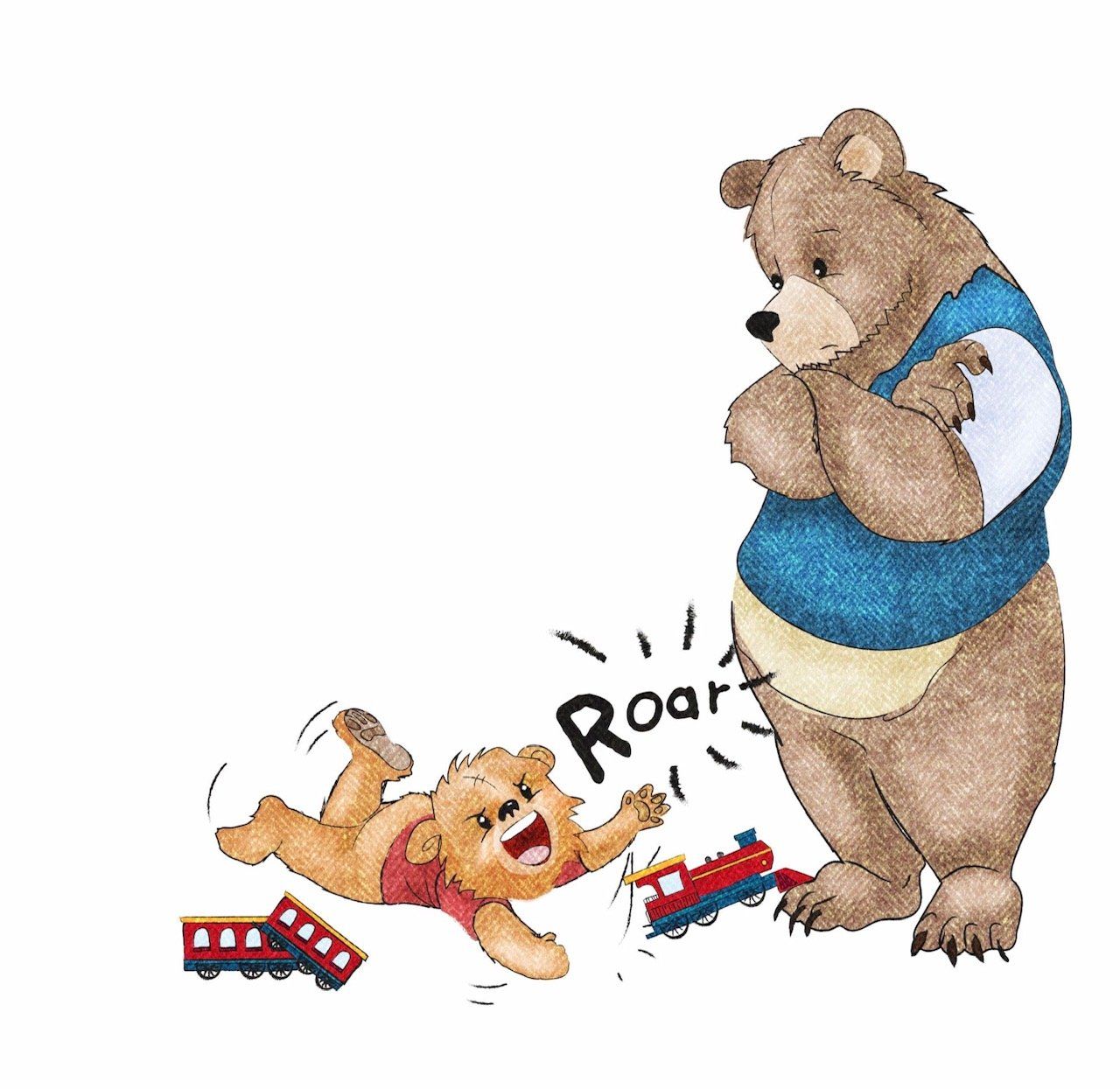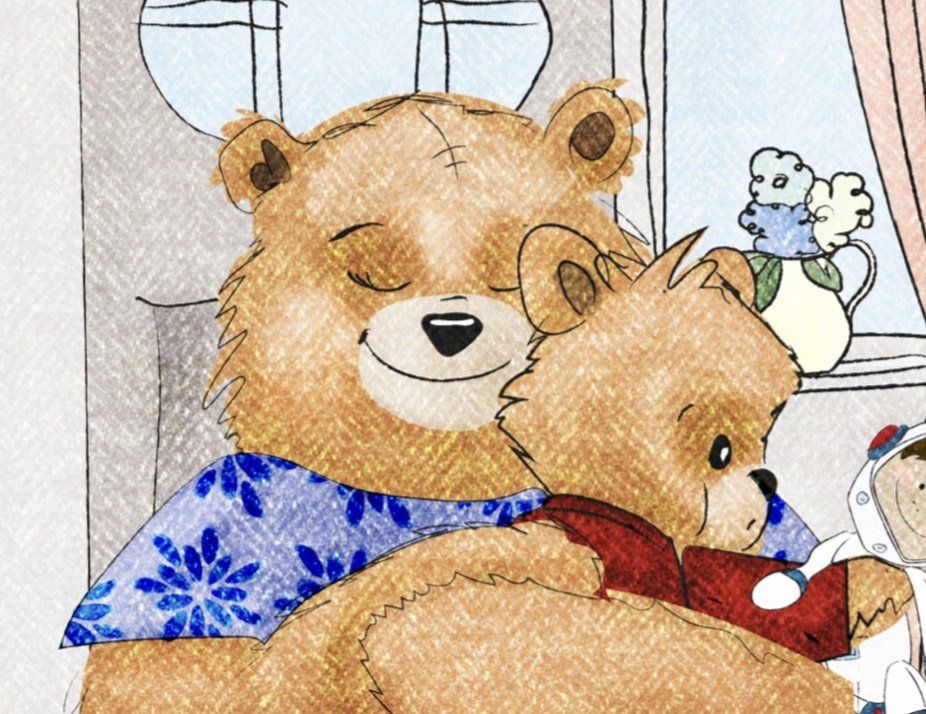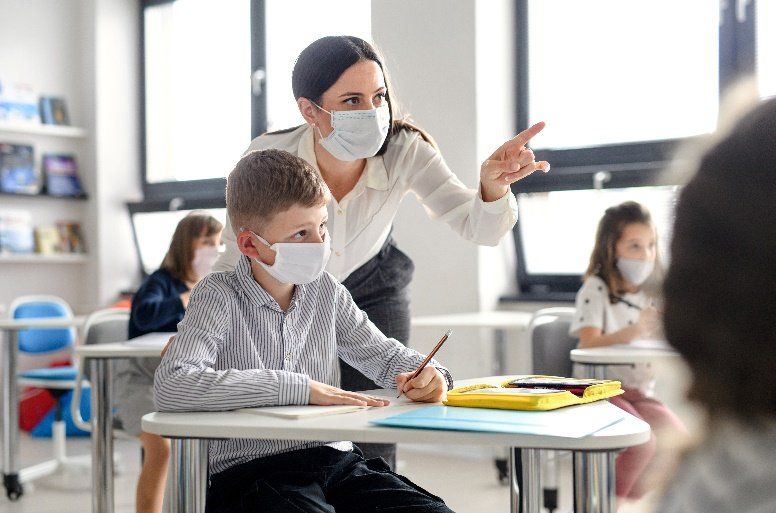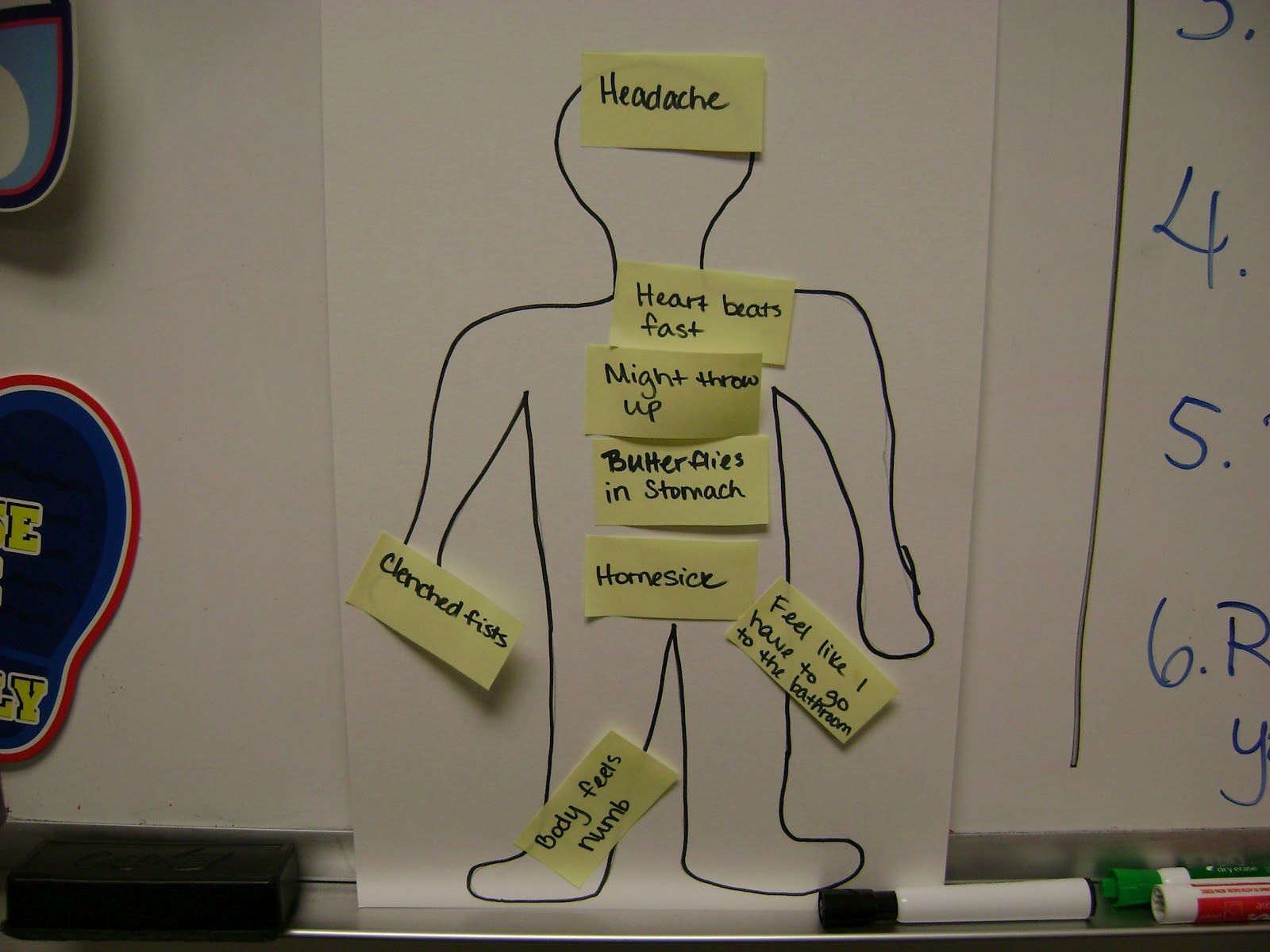Teaching in The Times of Covid: How You Can Help Children Manage Their Anxiety
“Smile, breathe, and go slowly.” Thích Nhất Hạnh
A global pandemic is not good for anyone’s emotional wellbeing and is having an impact upon us all. Whilst we are all in very different situations, it is far from what any of us are used to and children will be noticing these changes. They are likely to be seeing more worried adults, hearing more stressful news and having little, if any, time with friends. Children have had to contend with new rules, a change in routine, a lack of control and a loss of relationships. Like us, they feel safe when things are predictable – something which has been absent for many months now.
Not surprisingly, there has been an increase in children and young people having emotional difficulties (Kooth, 2020, Co-Space, 2020). Children are feeling anxious about many different things, including returning to, and being at, school. Their anxiety can show in different ways including having problems sleeping, becoming irritable, finding it hard to concentrate, having a sore tummy and being demanding and controlling. Younger children, in particular, struggle to find the words to let us know how they are feeling, nor the skills to manage their emotions.
Whilst a normal response to a stressful time, anxiety is not conducive to learning. As I’m sure you well know, children learn much better when they are calm and happy. Unless we focus on helping children manage their emotional world, we cannot expect them to meet their full potential academically. Now could not be a more important time for educational professionals to consider their priorities.
How Can You Help?
For me, the primary objective for education settings at the moment is to help children feel more secure so they can get back into learning again, something many will have missed a great deal of (hands up here, my home schooling was dreadful!). I would suggest there are three areas that you need to focus on for this to happen: yourself, parents and (last but not least!) children.
1. THINK ABOUT YOURSELF
We are all juggling so much at the moment and it may feel like an impossible task to manage both yours, and children’s physical safety whilst also continuing to support them socially, emotionally and academically.
Although it can be hugely rewarding, teaching already holds many challenges and it must be hard to see the wood from the trees at the moment. School staff have faced their own trauma, including economic uncertainty, the challenges of remote learning, caring for sick family members or being unwell themselves. I’m also guessing many of you will have had your own children at home whilst attempting to hold down a day job. Making things even harder is the lack of clarity around rules - just when you have got into the swing of things something new is introduced (normally at a day’s notice!). This only adds to the pressure you are already under.
So, before you even think about what children need, it is important that you look after yourself. If we are to support children with their emotional wellbeing, we need to be able to understand and manage our own.
We know that emotions are contagious (and physiologically so). It is key that children feel safe and contained in their school, and that the environment is as calm as it can be. Have a think about how you have been feeling over the last months and what you do to look after yourself. If you are struggling it is important that you ask for help.
1. WORK WITH PARENTS
According to a recent survey by Barnados, half of all parents expressed concerns about their children returning to school. They worried about their children contracting Covid-19 as well whether schools could manage social distancing. If we are going to help children feel less anxious, they need to see their parents giving them the message that going back to school is OK.
Schools need to communicate with parents about how they are keeping their child safe at school and the changes that have been made. Sending information home for parents to share with their children, in a visual format if possible (when we are anxious pictures are often easier to digest than words) is helpful. This will allow both parents and children to feel supported by school and better prepared for what the “new normal” looks like.
I have worked with some local schools around sharing information with parents, and have pulled together a brief resource (https://bit.ly/35N2mM1) to provide them with some information about anxiety and tips for supporting their children with it. Whilst the focus is primarily on managing separations from their parents the advice is also relevant to more general anxiety. Sharing this (and other resources) with parents will show them that you are taking their children’s feelings and experiences seriously and providing psychologically formed support.
1. HELP CHILDREN UNDERSTAND AND MANAGE ANXIETY
Focus on Your Relationship:
Of course, there are lots of strategies to help children manage their anxiety – as a google search will quickly demonstrate! However, these are much more successful if they are delivered in the context of a trusting relationship. We know that relationships are the vehicle of change and that children manage stressful situations much better if they feel safe with you. Aside from their parents, you are likely to be the most influential and important person in their lives at the moment with access to extended family and friends being restricted (no pressure there!).
We regulate each other’s feelings through non-verbal communication. This is more powerful than what we are actually saying, particularly when we are anxious. It’s therefore important to send safety messages through your body language. Try to stay open and engaged, however hard things feel to you.
A lovely approach is PACE, whilst I talk about in my Parenting Handbook. Developed by Dan Hughes, Clinical Psychologist, PACE is an attitude of Playfulness, Acceptance, Curiosity and Empathy. If you are able to have these elements underlying your approach to working with children, they are much more likely to feel safe and understood at school.
Don’t Forget About the Body:
Anxiety is a physical experience – it triggers the release of adrenaline and cortisol (and lots of other neuro-chemicals). Children often need support to calm their bodies. Try to make sure relaxation and mindfulness are part of the school day and that you get outside if you can (the benefits of being outdoors are huge).
Talk About Feelings:
Try to normalise and validate children’s feelings and help them link them to bodily sensations. In The Whole Brain Child, Dan Siegel and Tina Payne-Bryson talk about the need to “name to tame” feelings. We can sometimes be too quick to dismiss or avoid talking about negative emotions, but when we help children know what they are feeling it is much easier for them to notice and manage them.
Teachers have told me that they are unsure how to address children’s experiences of lockdown, some of which will have been positive, others less so. They are worried about opening a can of worms. Whilst this is completely valid, it is important that children have a chance to talk about what they have been through. Not only will this be an outlet for them but give you an understanding of what they have missed. For younger children especially, remember that play is a great way to express feelings.
Keep Going – We Need You!
The coronavirus pandemic has done nothing to alleviate the pressures teachers already face daily, and it has absolutely meant that you have shown yourselves as the highly trained and adaptable professionals you are. The mental energy required to do your job at the moment is staggering.
This isn’t what you signed up for, and yet you’re doing it anyway. You’re putting together lessons with ever changing restrictions. You’re adapting your teaching in the blink of an eye.
Pause a moment and realise that what you’re doing matters. It matters not just for the children you have in your classes today, but also for the future. You are making history.
Take care of yourself and each other. Thank you for being there.
Resources
There are some great resources for schools on managing anxiety and improving wellbeing. I particularly like the Mentally Healthy Schools toolkit developed in response to the impact of COVID on children’s emotional wellbeing:
www.mentallyhealthyschools.org.uk/media/2025/coronavirus-anxiety-toolkit.pdf
If you are interested in hearing more ideas about returning to school, separation anxiety and support for parents, do have a listen to a Podcast I was recently on with Edx Education https://bit.ly/32ZFPK2
References
Co-Space 2020, COVID-19 Supporting Parents, Adolescents, and Children in Epidemics, University of Oxford. www.ox.ac.uk/news/2020-06-16-children-show-increase-mental-health-difficulties-over-covid-19-lockdown
Kooth, 2020 https://xenzone.com/wp-content/uploads/2020/04/230420_CYP_infographic.pdf
Our Books
Our books include a series of interactive books for young children which are a great resource for teachers and parents alike. Bartley’s Books consider separation anxiety, tricky behaviour, the arrival of a new sibling, healthy eating, bedtime routines and potty training.
The first in the series, Please Stay Here – I Want You Near is available on Amazon https://amzn.to/2IE3JUv or Facebook https://bit.ly/2HcHOTp and helps young children understand and manage separation anxiety.
Also available is a Parenting Handbook which provides information on the importance of storytelling and the attachment relationship and includes practical suggestions on how to support children’s emotional and behavioural development throughout their early years, and beyond.
